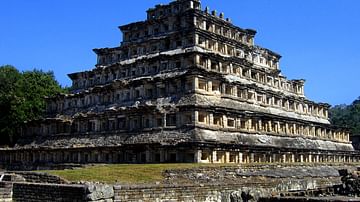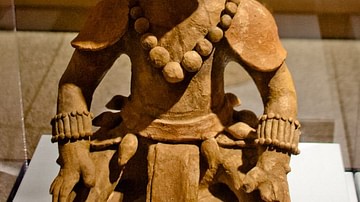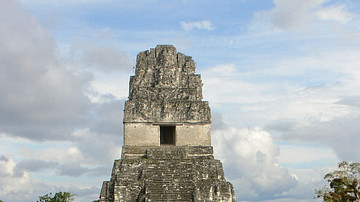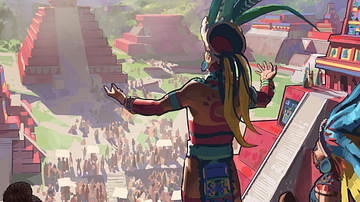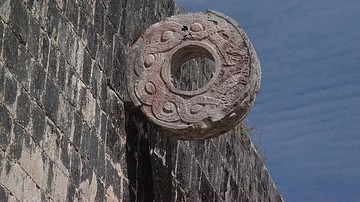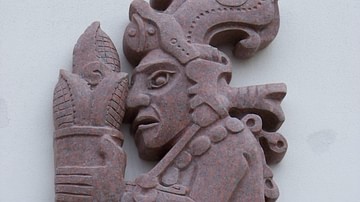Video
Cite This Work
APA Style
Luna, J. L. (2016, June 14). El Tajín—Veracruz—Mexico. World History Encyclopedia. Retrieved from https://www.worldhistory.org/video/880/el-tajin--veracruz--mexico/
Chicago Style
Luna, Jose Luis. "El Tajín—Veracruz—Mexico." World History Encyclopedia. Last modified June 14, 2016. https://www.worldhistory.org/video/880/el-tajin--veracruz--mexico/.
MLA Style
Luna, Jose Luis. "El Tajín—Veracruz—Mexico." World History Encyclopedia. World History Encyclopedia, 14 Jun 2016. Web. 19 Apr 2024.
